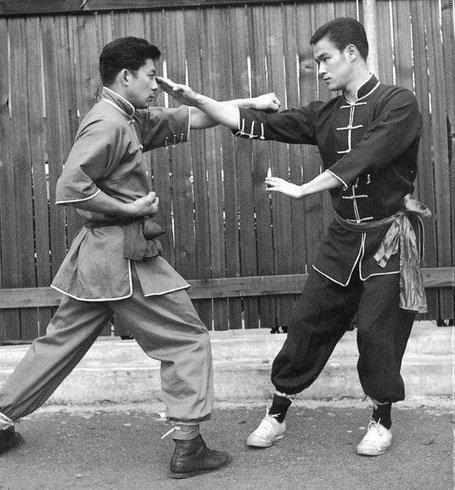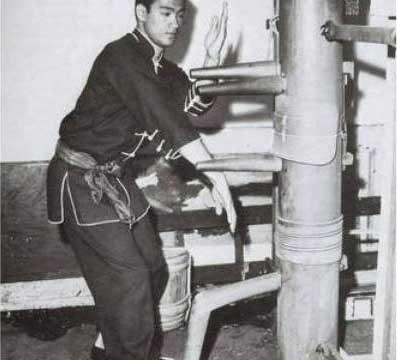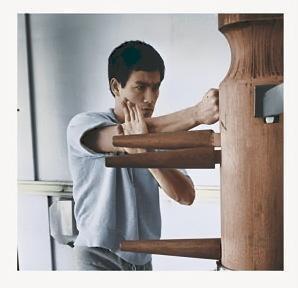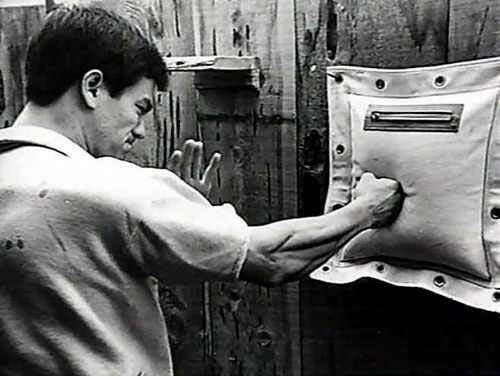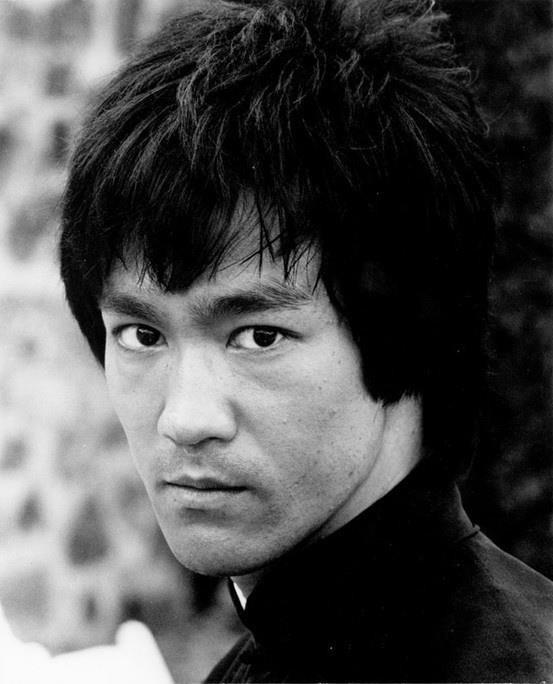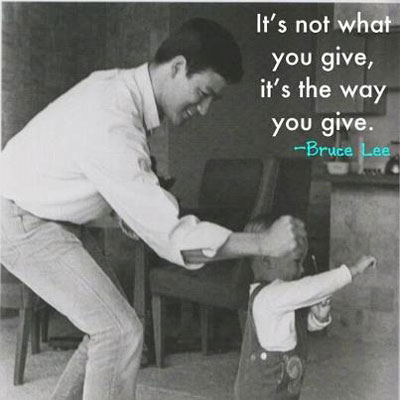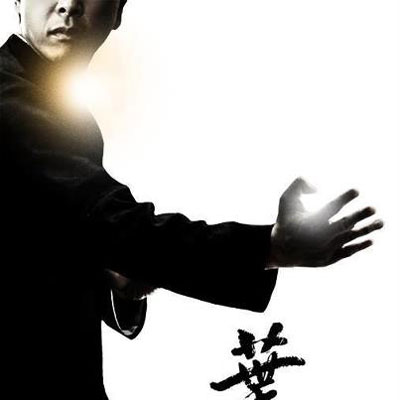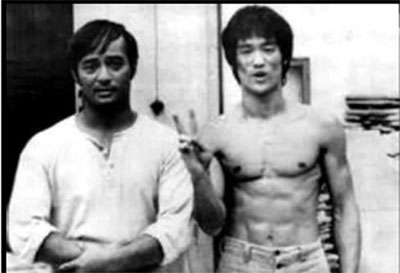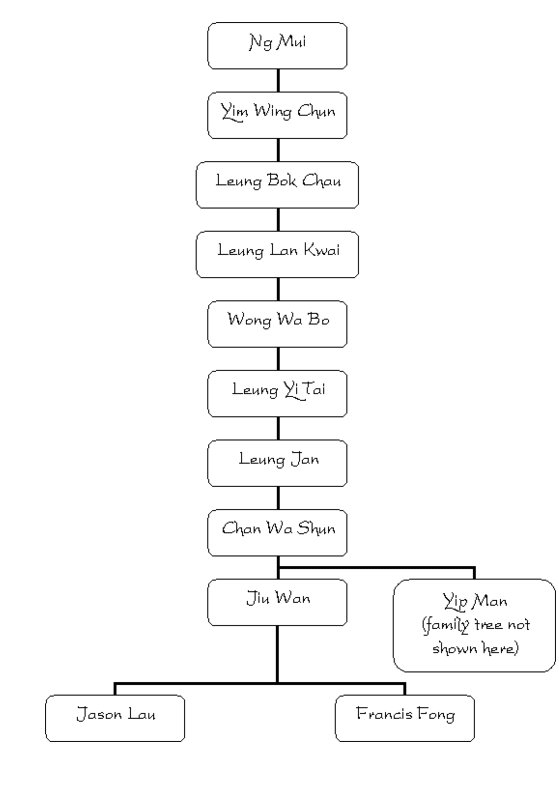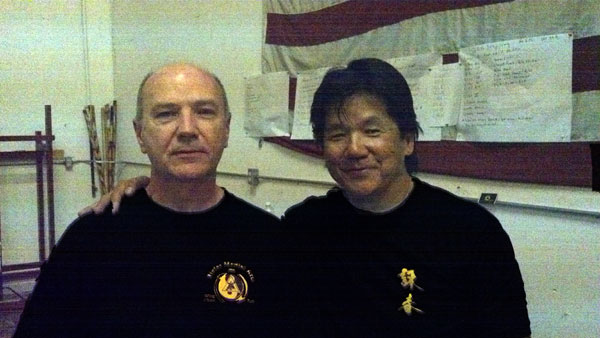|
||||||||||||||||||
Click on the video link below
|
Grand Master Jiu Wan
Click on the page link below
|
Ip Man Son's
Ip Chun and Ip Ching
Bruce Lee and Ip Man
Wong Shun Leung
The man who trained Bruce Lee under Grand Master Ip Man.
Wong Shun Leung's Nickname: Gong Sau Wong
Wong Shun Leung (1935-1997) was a Wing Chun master. He started training with Yip Man at 17, after challenging the master and finding himself completely controlled by him. Already at this age Wong had a reputation as a fighter and Yip Man was at first worried that he would bring trouble for Wing Chun. In fact Wong Shun Leung's prowess as a "Beimo" fighter helped secure Wing Chun its formidable reputation. "Beimo" were semi-organised bare knuckle challenge fights between youths in Hong Kong. Wong Shun Leung, who stood only 5' 6" tall, fought perhaps over 100 of these challenge fights and was never beaten. He earned the name Gong Sau Wong, King of Talking Hands. Once asked if he was the best fighter in the world he replied "no, only the second best." When asked who was the best he said "I don't know, I haven't met him."
Wong stayed with Yip Man many years longer than most of the other famous students, helping Yip Man teach and only opened his own school formally in the late sixties. He taught Wing Chun at his kwoon until his untimely death from a stroke. Notable students included Philipp Bayer, Wan Kam-Leung, Gary Lam, Nino Bernardo, David Peterson, Lawrence Leung (Leung Chi Sing) and, of course, Bruce Lee, who later screen tested Wong for an appearance in the ill-fated "Game of Death" and corresponded regularly with Wong on the subject of the science of fighting. In one letter Lee wrote "Even though I am (technically) a student of Yip Man, in reality I learned my Kung-fu from you."
Following what doctors in Hong Kong described as a 'subarachnoid hemorrage' and lapsing into a coma lasting 17 days, wing chun's "King of the Challenge Match", sifu Wong Shun Leung, passed away peacefully on January 28th, 1997... he was just 61 years of age. Wong had been with a group of friends at the "Ving Tsun Athletic Association" on Sunday January 12th, enjoying a few games of cards and Mahjong when he complained of feeling unwell. Soon afterwards he collapsed into a coma from which he never awoke.
In 1970 Bruce Lee wrote a letter in Chinese to Wong Shun-Leung. The content is recorded as follows :
Dear Shun-Leung, Jan. 11, 1970
It has been a long time since I last wrote to you. How are you? Alan Shaw's letter from Canada asks me to lend you my 8mm film. I am sorry about that. It is because I have lost it when I moved my home. That film is already very old and I seldom use it, so I have lost it. I am sorry for it. Now I have bought a house in Bel-Air. It is about half an acre. There are many trees. It has the taste of a range. It is located on a hill top near Beverly Hills. Moreover, besides my son Brandon, I have had a daughter, Shannon, who is seven months old now. Have you re-married ? Please send my regards to your sisters. Recently, I have organised a film production company. I have also written a story "The Silent Flute". James Coburn and I will act in it. Stirling Silliphant is the screen-play writer. He is a famous screen-play writer (In the Heat of the Night). We plan to make the first fighting film in Hollywood. The prospect is good. About six months later, the filming work will begin. All who participate in this film are my followers. In the future, Steve McQueen may also work together with me.
I am very excited about this plan. As to martial arts, I still practice daily. I meet my students and friends twice a week. No matter they are western boxer, Taekwondo learner or wrestler, I will meet them as long as they are friendly and will not get angry. Since I started to practice realistically in 1966 (Protectors, gloves, etc.), I feel that I had many prejudices before, and they are wrong. So I change the name of the gist of my study to Jeet-kune-do. Jeet-kune-do is only a name. The most important thing is to avoid having bias in the training. Of course, I run everyday, I practice my instruments (punch, kick, throw, etc.). I have to raise the basic conditions daily. Although the principle of boxing is important, practicality is even more important. I thank you and Master for teaching me the ways of Wing Chun in Hong Kong. Actually, I have to thank you for leading me to walk on a practical road. Especially in the States, there are western boxers, I often practise with them too. There are many so-called masters in Wing Chun here, I really hope that they will not be so blind to fight with those western boxers may make a trip to Hong Kong. I hope that you will live in the same place. We are intimate friends, we need to meet more and chat about our past days. That will be a lot of fun? When you see Master Yip, please send my regard to him. Happiness be with you!
Bruce Lee.
The Bruce Lee Training Secret - by Grandmaster William Cheung
Bruce and I grew up together. We were friends since we were young boys. It was I who introduced Bruce Lee to Wing Chun School in the summer of 1954. In the old days, the master would never teach the new students. It was up to the senior students to pass on the Wing Chun lessons to Bruce. As I was his Kung Fu Senior of many years, I was instructed by Grandmaster Yip man to train him. By 1995, one year into his Wing Chun training, Bruce progressed very fast, and already became a threat to most of the Wing Chun seniors as the majority of them were armchair martial artists. They discovered that Bruce was not a full blooded Chinese because his mother was half German and half Chinese. The seniors got together and put pressure on Professor Yip Man and tried to get Bruce kicked out of the Wing Chun School. Because racism was widely practised in Martial Arts School in Hong Kong, the art was not allowed to be taught to foreigners. Professor Yip Man had no other choice but to bow to their pressure, but he told Bruce that he could train with me and Sihing Wong Shun Leung. But most of the time we trained together. The first thing I showed Bruce was the Principles of being a good fighter: 1. The Heart 2. The Eyes Extract from taped Bruce Lee conversation with Danny Lee (one of his students) in 1972: Danny: Have you thought of Tai Chi as a form of self defence? Bruce: Well, if you were there ......... you would be so embarrassed, so it is not even a free brawl .......where a man who is capable of using his tools and who is very determined to be a savage legless attack whereas those SOBs are cowards. Turning their heads and swinging punches and after the second round they are out of breath. I mean they are really pathetic looking - very amateurish. I mean even a boxer because a boxer when they concentrate on two hands, regardless of how amateurish they are, they do their thing, whereas those guys haven't decided what the hell they are going to use. I mean before they contact each other they do all the fancy stances and all the fancy movements, but the minute they contact they don't know what the hell to do. I mean that's it. They fall on their arses and they .. and hold and grapple. I think the whole Hong Kong - they call it Gong Sao- Challenge Match in Hong Kong - can you imagine that, I mean even those guys see it that way. What do you think of the appreciation of people here? So what I'm hoping to do in film is raise the level." 3. Balance Furthermore Bruce was very innovative. Back in the 50's, the Chinese Martial Artists were very conservative. They believed that weight training would slow down the practitioner's speed. But Bruce found a way to beat it. He would start his program with heavy weights and low repetitions first, then he reduced the weights and increased the repetitions. He continued to do that until his repetitions reached maximum and the speed of the exercise also increased. In this way he built muscles and developed power without losing speed. One of the most important discoveries from his Wing Chun training was that Wing Chun teaches the practitioner to train with the individual muscle or group of muscles first, then co-ordinates the movement together by combining the muscles to make a collective movement in order to get the most out of the technique. Bruce had mastered this training. The following is the taped conversation ....Danny Lee 1972: "Danny: Danny ( Inosanto) was excited yesterday. Bruce: Yes, he was in my house the night before. Danny: He didn't want us to do any more heavy bag kicking. He wanted us to just kick at something light. Bruce: When you use your leg it is much better - to kick at the phone pad or whatever - watch out with the side kick on air kicking - not air kicking too much. If you snap it too much without contact at the end you can get hurt." And later they discussed: Danny: I think you have to pick a few diehard followers and say this is JKD. Bruce: That's why I tell Dan (Inosanto) to be careful ... ......... Danny: So that's why - I've been working with Dan (Inosanto) a lot. Bruce: I told him last time he's becoming very stylised. And it seems like his consciousness is really - something is bugging him. Danny: I think its heavy bag kicking. Bruce: Too much heavy bag kicking and too much body twisting has affected him. Danny: Yes. The power and the momentum. He's working out real hard. I would like to conclude by saying that speed and power comes from relaxation and co-ordination which has everything to do with mind and body balance. From "The Bruce Lee Story" by Linda Lee and Tom Bleecker: The following is Bruce's recollection of one of many training experiences with Professor Yip Man: "About four years of hard training in the art of gung fu, I began to understand and felt the principle of gentleness - the art of neutralizing the effect of the opponent's effort and minimizing expenditure of one's energy. All these must be done in calmness and without striving. It sounded simple, but in actual application it was difficult. The moment I engaged in combat with an opponent, my mind was completely perturbed and unstable. Especially after a series of exchanging blows and kicks, all my theory of gentleness was gone. My only one thought left was somehow or another I must beat him and win. My instructor Professor Yip Man, head of the Wing Chun School, would come up to me and say, "Loong (Bruce's Chinese name), relax and calm your mind. Forget about yourself and follow the opponent's movement. Let your mind, the basic reality, do the counter-movement without any interfering deliberation. Above all, learn the art of detachment." That was it! I must relax. However, right there I had already done something contradictory, against my will. That was when I said I must relax, the demand for effort in "must" was already inconsistent with the effortless in "relax". When my acute self-consciousness grew to what the psychologists called "double-blind" type, my instructor would again approach me and say, "Loong, preserve yourself by following the natural bends of things and don't interfere. Remember never to assert yourself against nature: never be in frontal opposition to any problem, but control it by swinging with it. Don't practice this week. Go home and think about it."
|
| Click on the links below Bruce Lee Wing Chun DemonstrationBruce Lee Ving TsunBruce Lee 1967 Karate Championship
|
I was already learning Shotokan Karate at age 15 at the Japan Karate Association in Trenton New Jersey and watching Bruce Lee on the Green Hornet TV show. This is the Green Hornet episode I saw at age 15 that was the WOW!!! factor for me to be inspired by Bruce Lee and want to learn how to fight like him. First episode date: September 9, 1966 Bruce is a Chinese actor playing as a Japanese guy, fighting Mako, a Japanese actor playing as a Chinese guy. Bruce Lee Green Hornet 1966
|
Dan Inosanto and Bruce Lee
Sifu James Fell attends Dan Inosanto seminars yearly.
Sifu James Fell aka Long Saan
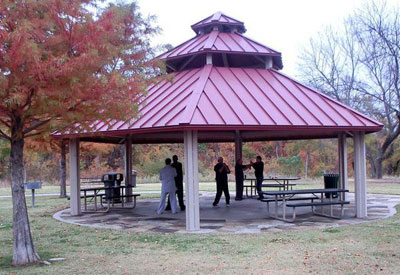
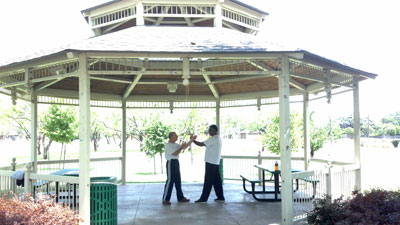
Drage Fjell with the Wing Chun Gang Drage Fjell with some Wing Chun Students
Click on the links below Drage Fjell Video with 2 of the Wing Chun Gung Fu Gang - #1 Drage Fjell Video with 2 of the Wing Chun Gung Fu Gang - #2
|
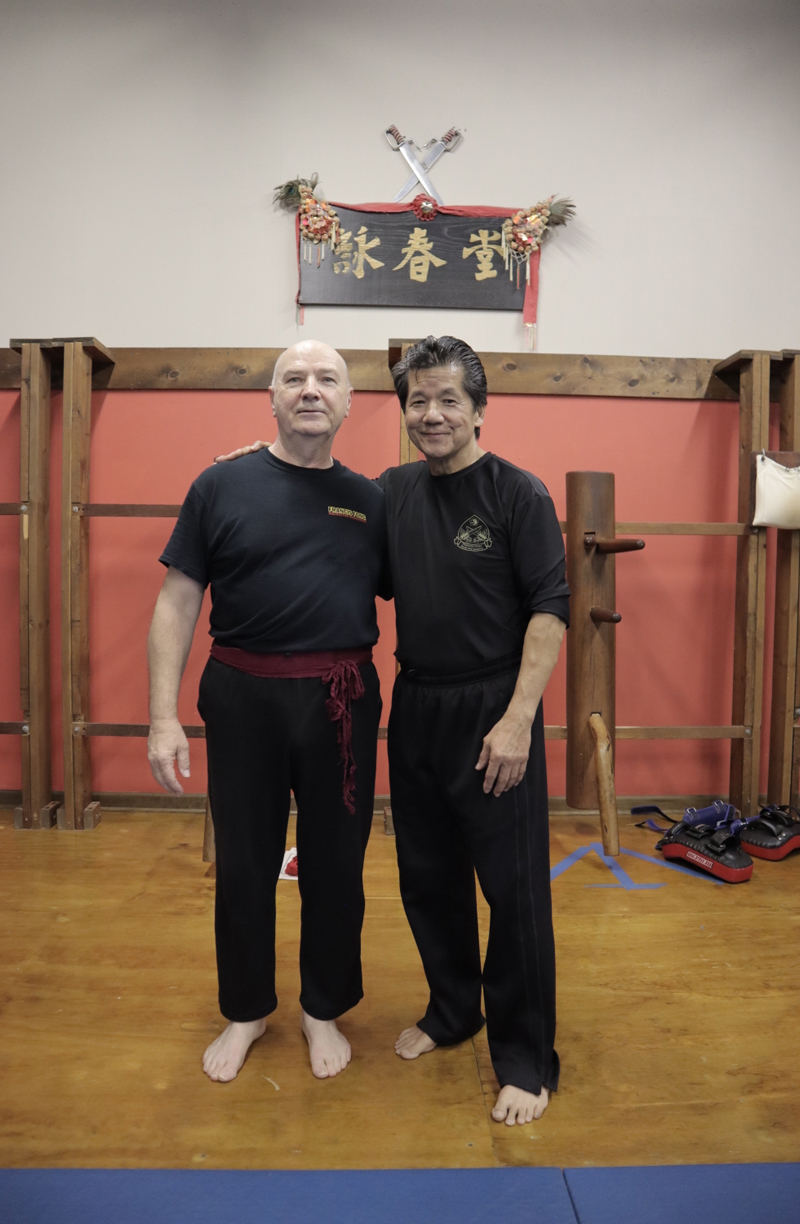
Sifu james Fell with Sifu Francis Fong
at the Francis Fong Wing Chun Instructor Camp.

Sifu james Fell with Sifu Francis Fong
at the Francis Fong Wing Chun Instructor Camp.
Sifu James Fell with Sifu Francis Fong at one of
Sifu Fong's Wing Chun seminars.
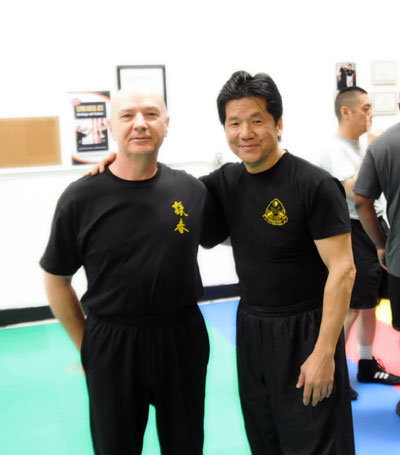
Sifu James Fell with Sifu Francis Fong at one of
Sifu Fong's Wing Chun seminars.
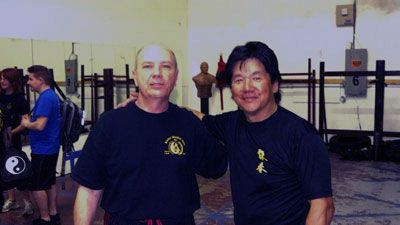
Sifu James Fell with Sifu Francis Fong at one of
Sifu Fong's Wing Chun seminars.
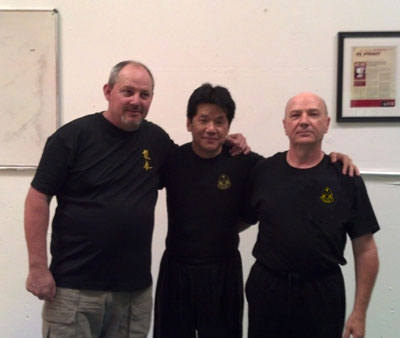
Sifu Jon Rister, Sifu Francis Fong,
and
Sifu James Fell
at one of Sifu Fong's Wing Chun seminars.
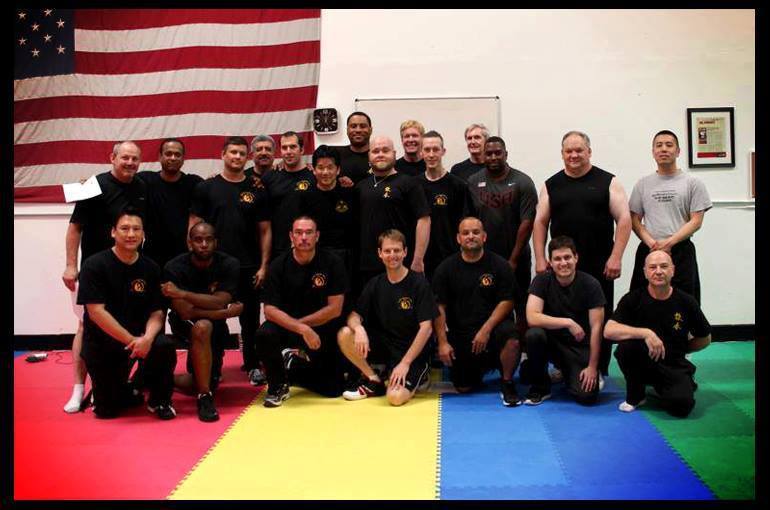
Sifu Jon Rister, Sifu Francis Fong,
and
Sifu James Fell
at one of Sifu Fong's Wing Chun seminars.
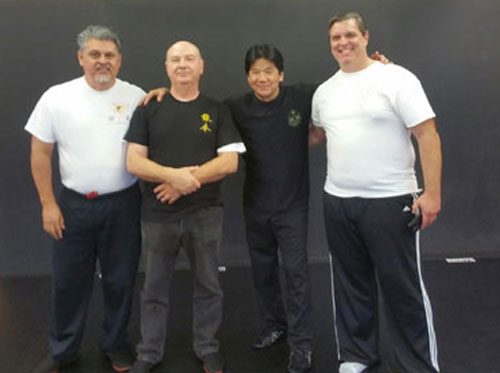
Sifu Francis Fong and Sifu James Fell with students from the
Dragon Wing Chun Kung Fu School
at one of
Sifu Fong's Wing Chun seminars.
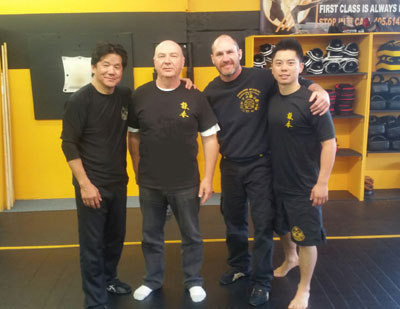
Sifu Francis Fong, Sifu James Fell, Sifu LaDell Elliott,
and Sifu Kevin
Lee at one of Sifu Fong's Wing Chun seminars.
Ip Man ~
Sifu Ip Man came to Hong Kong in the early 1940s and learned more about Wing Chun from Leung Bik, who was the son of Leung Jan and classmate of Ip Man’s Sifu, Chan Wah Shun. Apparently, Ip Man learned to understand the theory of the Wing Chun that was underlying the fighting skills that he had mastered earlier. When he was reunited with Jiu Wan in Hong Kong Ip Man’s Wing Chun was very different from what Jiu Wan had known. Ip Man introduced to Jiu Wan what he learned from Leung Bik. In the early years Ip Man’s students were members of the Restaurant Worker’s Association among them being Leung Sheung, his first disciple, Jiu Wan, his third disciple as well as Ip Bo Ching, Wong Shun Leung, Lok Yiu and Chu Shong Tin.
Jiu Wan studied with Ip Man all the way until Ip Man’s passing. They were from the same home town and were very close friends. The only Wing Chun school that Ip Man ever officially authorized for any of his students was for Jiu Wan’s school. Ip Man even placed his signature on the sign over the school with the words, “The Traditional Wing Chun”. Ip Man and Jiu Wan would socialize together in the evenings and at dinner for many years. The first generation students of Ip Man were not on the same social level as Jiu Wan was with Ip Man and as such there was not much contact with those other students.
Jiu Wan ~
SifuJiu Wan was born in Foshan, Guangdong Province, China, the same city as Ip Man. Jiu Wan learned Wing Chun starting at the age of eight under Jiu Jow (his uncle) and also Chan Yu Min, son of Chan Wah Tsun. Jiu Jow learned from Chan Wa Tsun who was 5th generation and also his son, Chan Yu Min, too. Ip Man’s Sifu was Chan Wa Tsun but he also learned from Leung Bik, son of Leung Jan. He also started at a young age but did not learn from Chen Yu Min, the son. Chen Wa Tsun was a very good fighter and being the teacher of both Ip Man and Jiu Jow they were known for their great fighting skills. The lineage is that Ip Man was 6th generation and Jiu Wan was 7th generation. In those years in Foshan both men were officials in the Police Department.
Jiu Wan and Ip Man (considered by many to be the father of Modern Wing Chun as well as Bruce Lee’s Wing Chun instructor) studied martial arts together at the Jing Mo Guen in Foshan.
It was considered one of the most elite institutions in southern China, dedicated solely to the highest levels of martial arts training. Ip Man left early, completing the Wing Chun system elsewhere, and was the first to teach Wing Chun in Hong Kong. Jiu Wan went on to become a teacher at the Jing Mo Guen. When the communists came to China, Jiu Wan went to Hong Kong and joined Ip Man's organization.
Jiu Wan's relationship with Ip Man is controversial among students of both branches. Some students of Jiu Wan maintain he studied under his cousin and later under Ip Man. Ip Man students claim that as well. Jason Lau's branch of Jiu Wan claim they were kung fu brothers directly under Chan Wah Shun.
Jiu Wan passed away at age 52 one year after Ip Man died. History has shown us that Jiu Wan had a lot of students and they have gone on to be very distinguished not only in Wing Chun but also in other professions such as members of The Police Department including Detectives and Chiefs of Police as well as Movie Directors, Movie Actors and other officials in Hong Kong and all over the world.
Jiu Wan’s son, Jiu Hung Quin, teaches now as his father taught him. In addition, Jiu Wan’s main student instructor was Guy Lai, his second disciple, during those years. The first disciple did not stay that long and did not teach. Another disciple is in Canada now, Fred Kwok, And another disciple Francis Fong, in Georgia, USA.
Notable students of Jiu Wan include: Chiu Hung-Kwan (his son), Jason Lau, Ti ung(Tam Fu-Wing), Chow Hung-Yuen, Francis Fong, and Denis Chan.
Francis Fong ~
Sifu
Francis Fong, originally from Hong Kong, began training in martial arts training at the age of 12 years old. The promise of competition first attracted him to a Tae Kwon Do school, as well as Judo and WuShu.
Several years into his martial arts training, his school friend Jason Lau introduced him to the art of Wing Chun Kung Fu. He was selected into a closed-door school led by Jiu Wan, a well-known instructor who had immigrated to Hong Kong from Southern China.
Francis Fong describes his early training under Jiu Wan as very traditional and old-fashioned training, with a LOT of sticky hands training (Chi Sao). In 1973, Francis Fong came to the U.S. from Hong Kong in search of new opportunities.
Jon Rister has studied Wing Chun since 1985. He met Sifu Francis Fong 1986. Jon Rister was teaching Wing Chun as Jun Fan Wing Chun Gung fu for many years prior to 1989, he began to see that something was missing and so began in earnest to relearn the system properly from Francis Fong.
After several years of study he approached Francis Fong about teaching Wing Chun from a classical standpoint, and received permission and started teaching. After years of teaching researching and special instructor training under Francis Fong and Dan Inosanto, Jon Rister started to see something very special about Wing Chun that goes mostly un-noticed, or at least not openly discussed.
=======================================================================================
Click Here for the
Martial Arts Lineage Project
=======================================================================================
A few friends I want to acknowledge and thank for the privaledge of knowing.
Who contributed to my Chinese Maritial Arts Spirit.
Who I trained or practiced with, or I was instructed by.
Michael Chin ~ Dan Inosanto ~ Joseph Conry ~ Francis Fong
John Stover ~ Kirk Weict ~ Jon Rister ~ Qiming Dong
Below are some of their Wing Chun lineage/uplines.
Chan Wah Tsun ~ Leung Bik
Chan Wah Tsun ~ Leung Bik
Chan Wah Tsun ~ Leung Bik
Chan Wah Tsun ~ Leung Bik
Chan Wah Tsun
Chan Wah Tsun ~ Leung Bik
Chan Wah Tsun ~ Leung Bik |



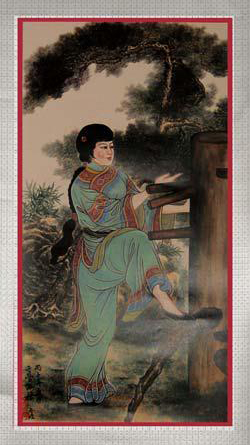
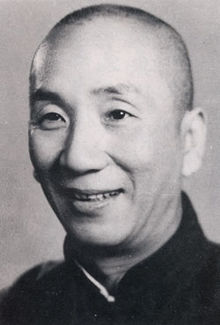
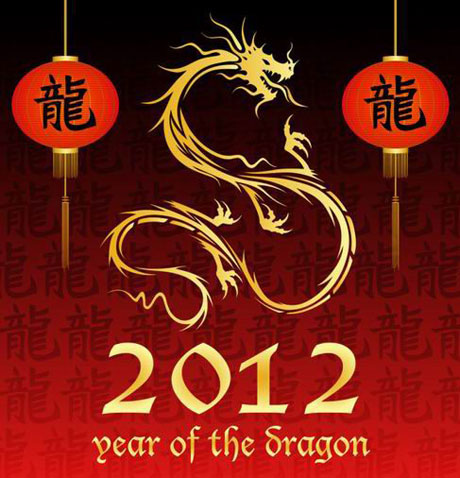

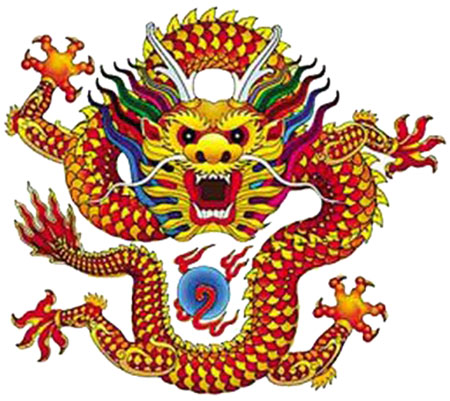
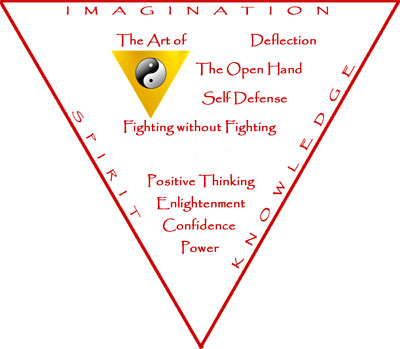
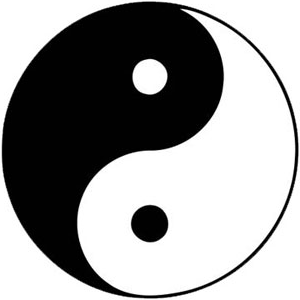
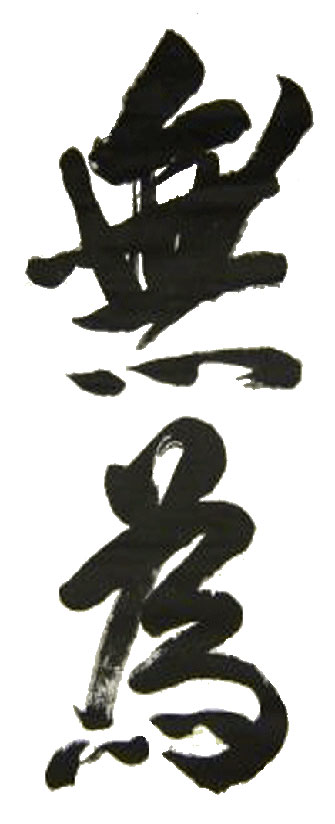
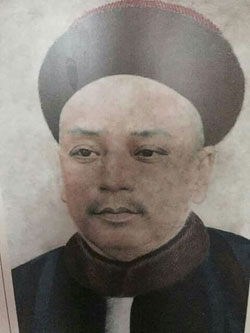
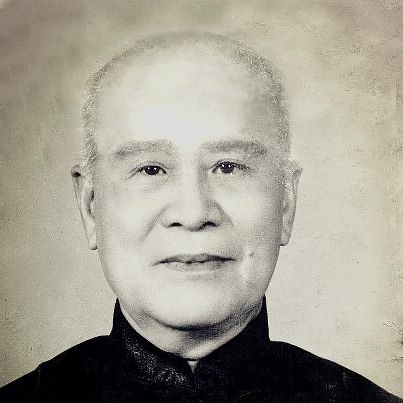
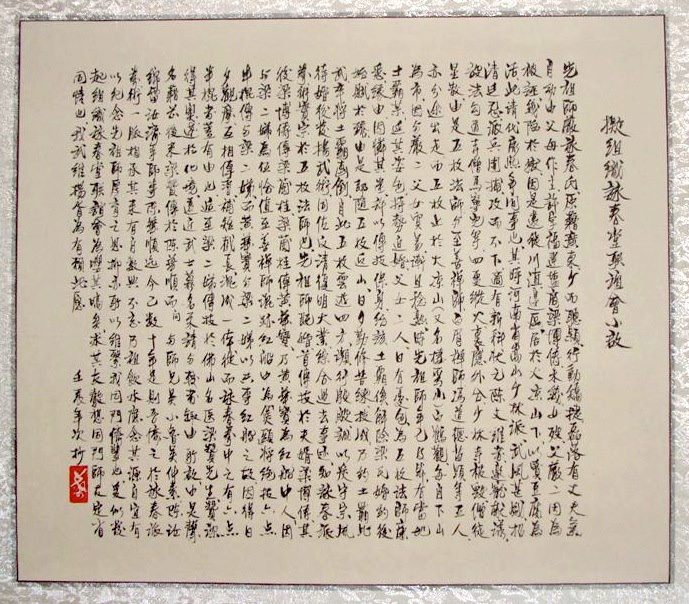
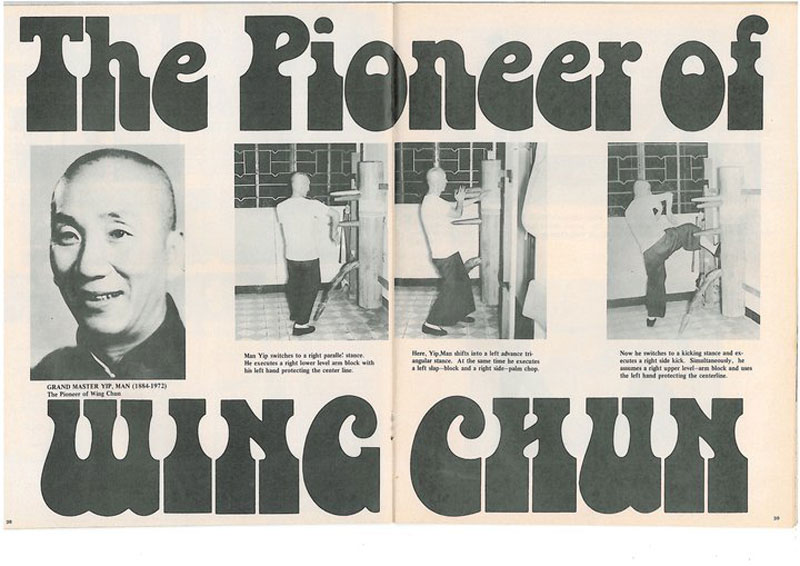
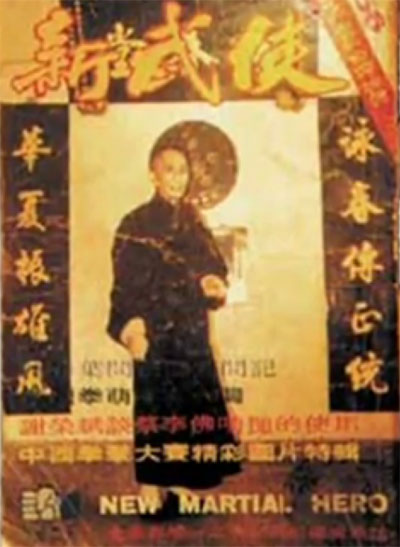
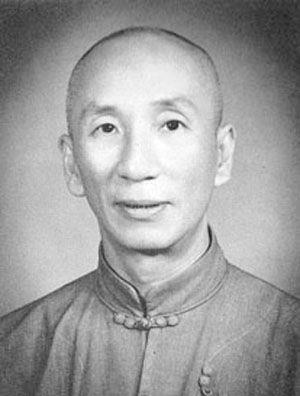
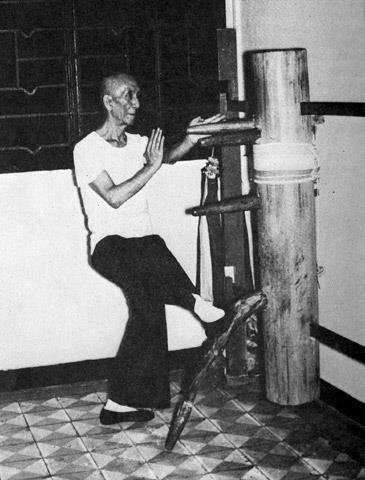
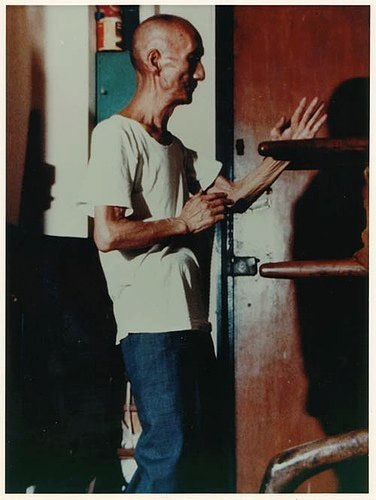

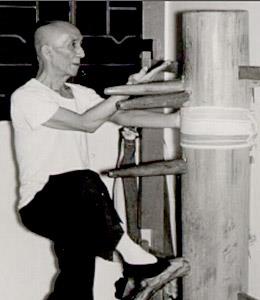
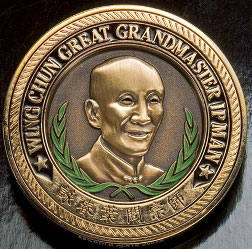
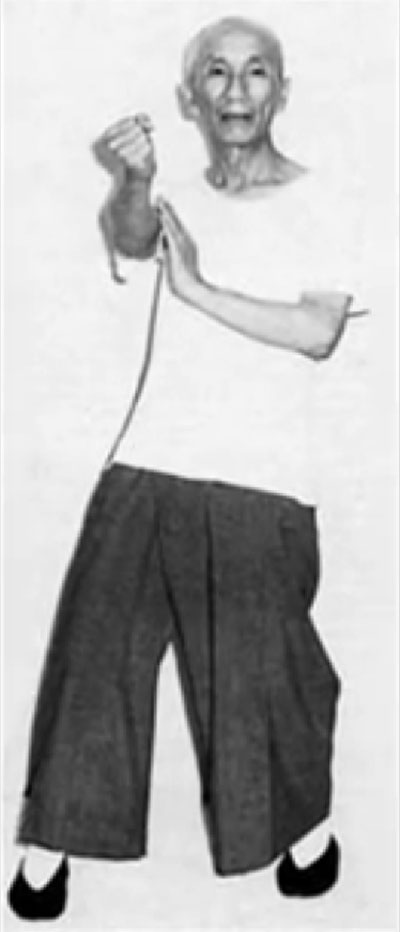
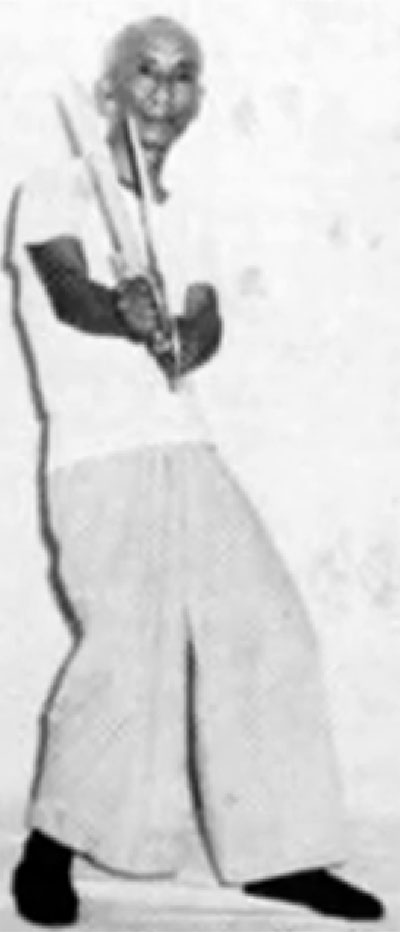













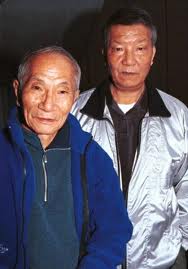
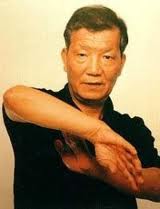
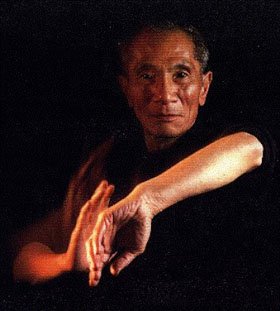
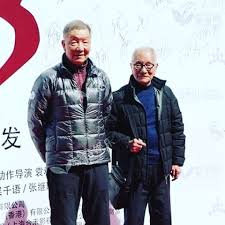
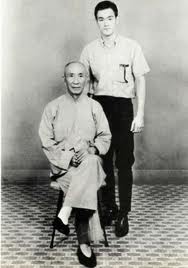
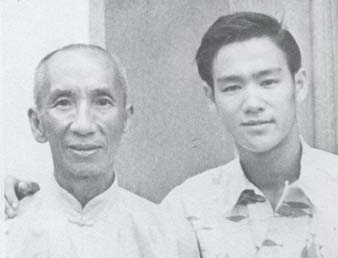
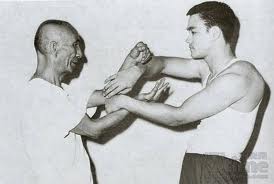
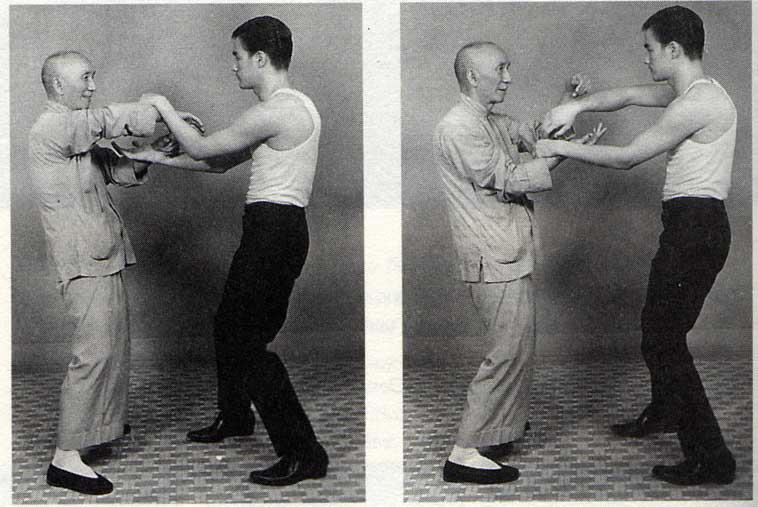
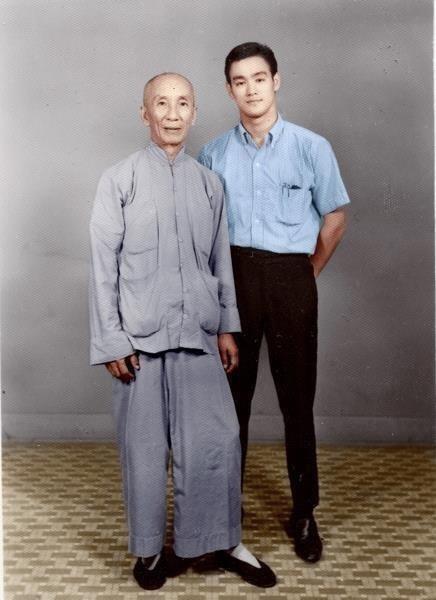
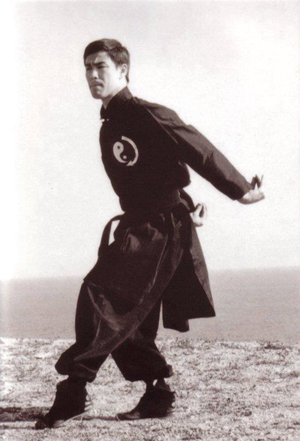
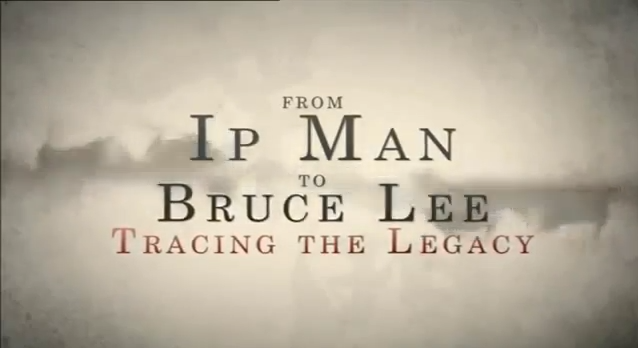
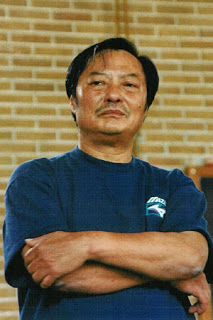
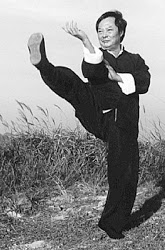
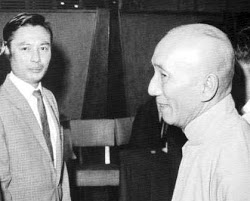

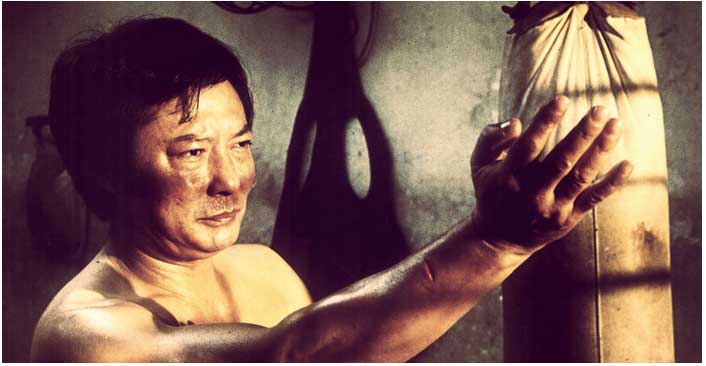
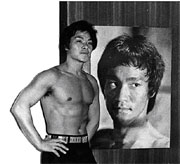 Every martial artist would like to know how and what made Bruce Lee such a devastating fighter. Even though a lot of people associated with Bruce Lee or many claimed to have trained him or trained with him, I can safely say that not many of them were privileged to his secret training method.
Every martial artist would like to know how and what made Bruce Lee such a devastating fighter. Even though a lot of people associated with Bruce Lee or many claimed to have trained him or trained with him, I can safely say that not many of them were privileged to his secret training method. 